The world of ice hockey is fast-paced, physical, and demands split-second decisions from every player on the ice. But perhaps no position carries as much weight—or requires as much specialized skill—as that of the goaltender. Often referred to as the last line of defense, a hockey goalie is both a stopper and a strategist, a role that blends athleticism with mental toughness. Unlike other players who can shift in and out of the game, the goalie is a constant presence, bearing the responsibility of either bailing out their team or becoming the scapegoat in a loss. It’s a high-pressure job, and those who excel at it possess a rare combination of reflexes, positioning, and sheer nerve.
To the untrained eye, goaltending might seem like little more than standing in front of a net and stopping pucks. But the reality is far more complex. Modern goaltending is a blend of technique and instinct, requiring mastery of movements like the butterfly, the shuffle, and the paddle-down. The butterfly, popularized by Patrick Roy in the 1980s and 90s, involves dropping to the knees with the legs flared outward to cover the lower portion of the net. It’s now a fundamental move, but executing it flawlessly demands flexibility, core strength, and the ability to recover quickly. Meanwhile, the shuffle allows goalies to maintain proper angle control while moving laterally, ensuring they’re always square to the shooter. And then there’s the paddle-down, a desperation move where the goalie jams the stick blade along the ice to stop low, unexpected deflections.
Equipment plays a massive role in a goalie’s performance. Unlike skaters, who wear relatively lightweight gear, goaltenders are encased in armor designed to absorb punishing slap shots traveling upwards of 100 mph. The chest protector, leg pads, blocker, and catcher glove are all meticulously engineered to balance protection with mobility. Even the mask—a reinforced cage or composite shell—is a critical piece of safety gear, as taking a puck to the face at high velocity can be catastrophic. But the gear isn’t just about safety; it’s also about feel. A well-fitted catcher glove, for example, can mean the difference between a game-saving snag and a rebound that leads to a goal.
Beyond the physical demands, goaltending is an intensely mental position. Hockey is a game of momentum, and a single soft goal can shift the energy of an entire match. The best goalies have short memories, able to shake off a bad goal and refocus instantly. Legends like Martin Brodeur and Dominik Hasek were known not just for their athleticism but for their ability to get inside opponents’ heads. A goalie who makes a few spectacular saves early in a game can force shooters to overthink, leading to missed opportunities. Conversely, a shaky performance can embolden the opposing team to take more risks. This psychological warfare is part of what makes the position so unique.
Training for goaltenders is also highly specialized. While forwards and defensemen focus on skating drills, shooting, and passing, goalies work on reaction time, rebound control, and positioning. Many spend hours practicing with shooting machines or working with coaches who fire pucks at them from unpredictable angles. Video study is another crucial component, as understanding opponents’ tendencies can provide a split-second advantage in games. Some goalies even employ sports psychologists to help them manage the stress of the role, particularly in high-stakes situations like playoff overtime or penalty shots.
The evolution of goaltending has dramatically changed how hockey is played. In the early days of the sport, goalies weren’t even allowed to drop to their knees to make saves. Now, they’re athletic marvels who combine size, agility, and hockey IQ to dominate games. The rise of analytics has also impacted the position, with teams now tracking metrics like save percentage, high-danger save percentage, and goals saved above average to evaluate performance. This data-driven approach has led to a new generation of goalies who are as much students of the game as they are athletes.
At its core, goaltending is about resilience. It’s about standing tall when the pressure is highest, shrugging off mistakes, and stealing wins when the team in front of you isn’t at its best. The great ones make it look easy, but behind every glove save and every shutout is years of grueling practice, mental conditioning, and an unshakable love for the craft. In a sport defined by speed and chaos, the goalie is the calm in the storm—the one player who can single-handedly change the course of a game, a series, or even a season.

By Emily Johnson/May 8, 2025
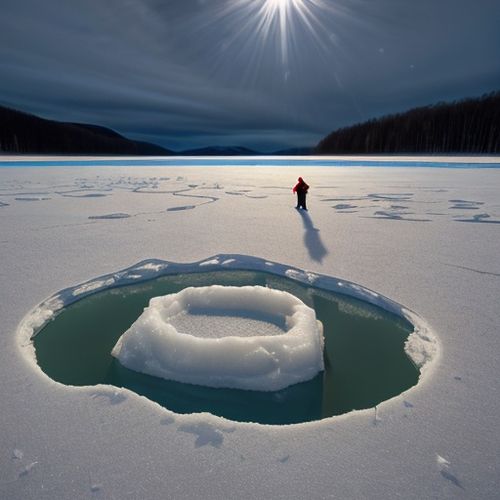
By Natalie Campbell/May 8, 2025
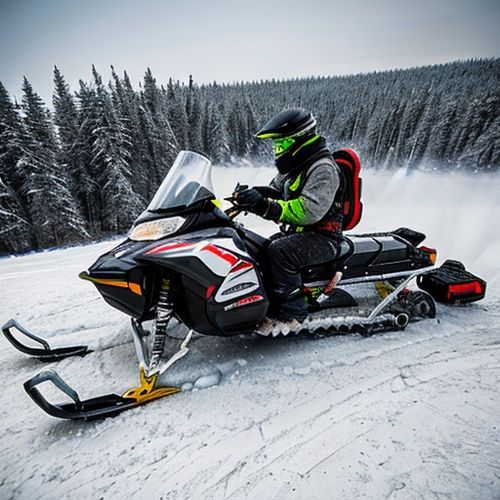
By Olivia Reed/May 8, 2025
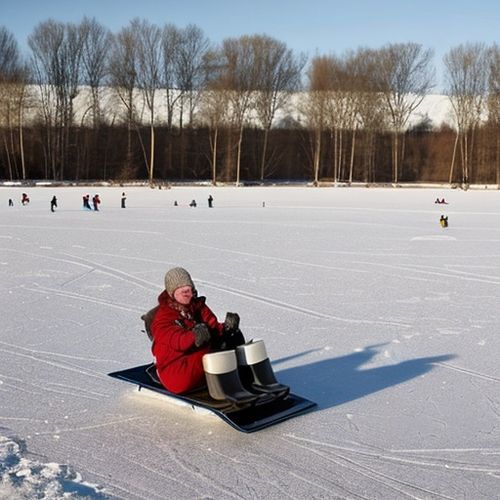
By Lily Simpson/May 8, 2025
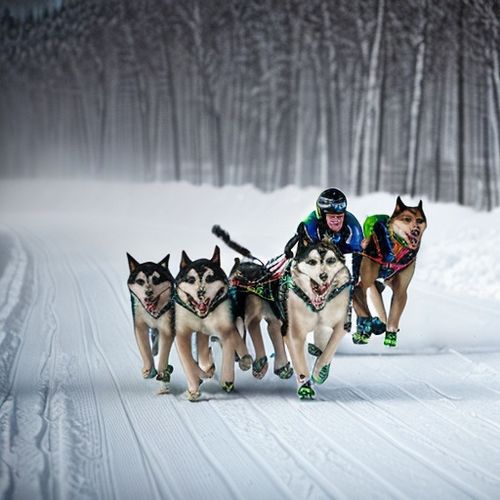
By Olivia Reed/May 8, 2025
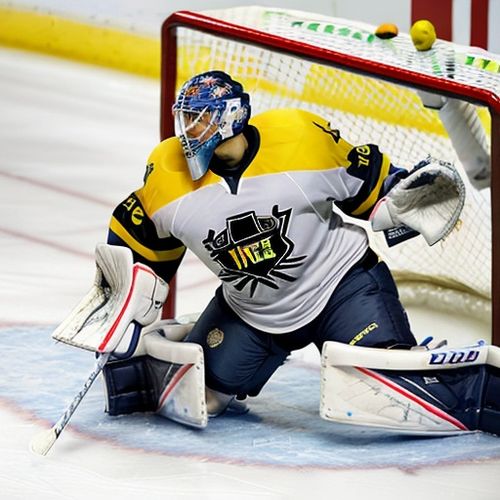
By Thomas Roberts/May 8, 2025
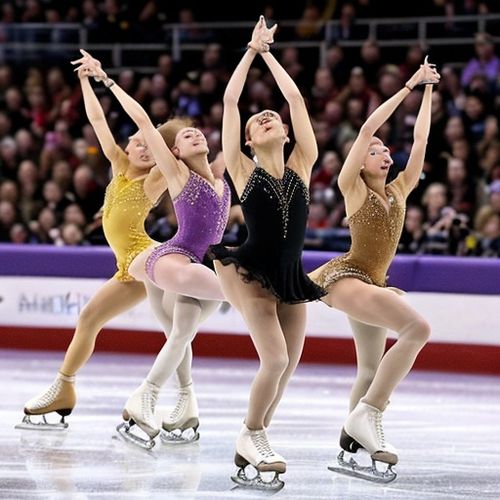
By Daniel Scott/May 8, 2025
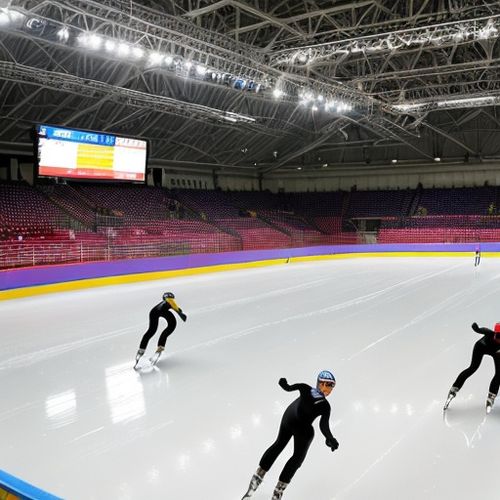
By George Bailey/May 8, 2025
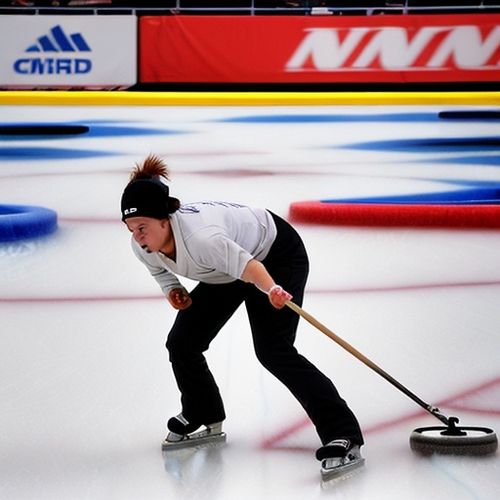
By David Anderson/May 8, 2025
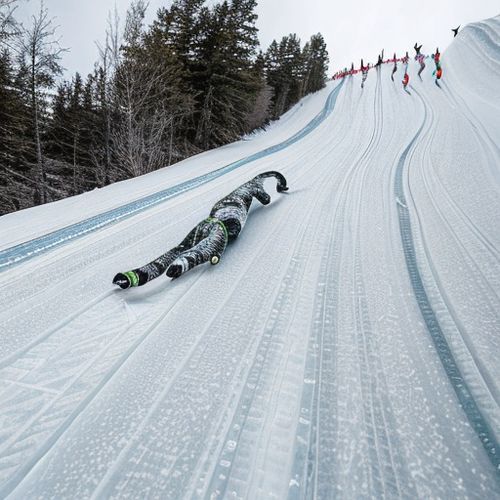
By Amanda Phillips/May 8, 2025
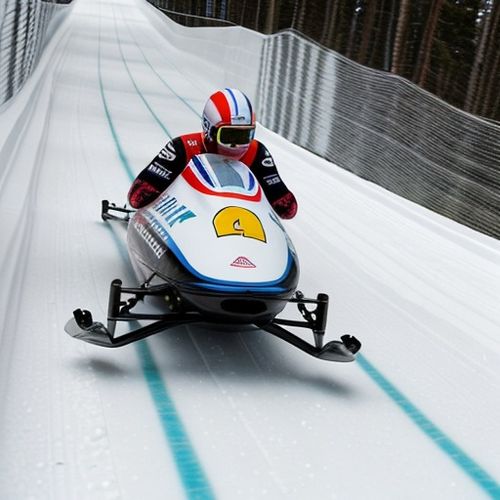
By Rebecca Stewart/May 8, 2025
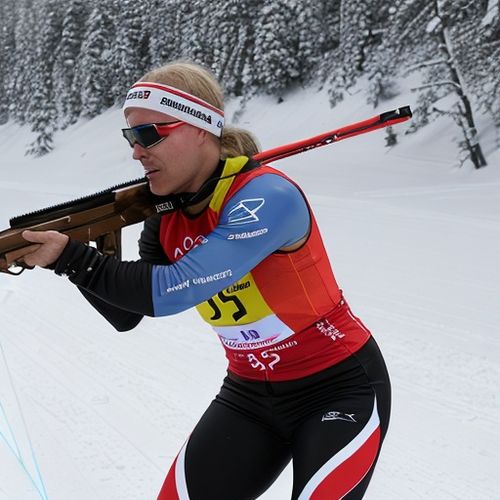
By Christopher Harris/May 8, 2025

By Emily Johnson/May 8, 2025
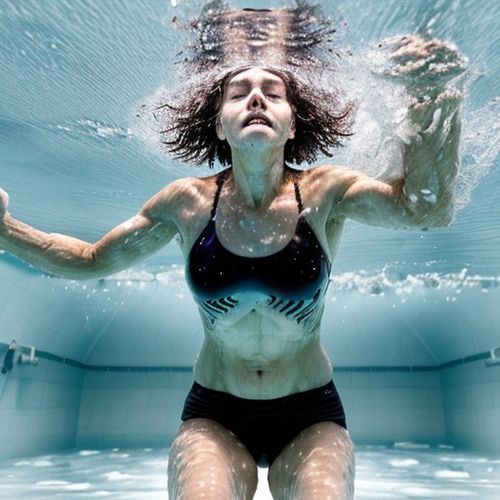
By Christopher Harris/May 8, 2025

By Thomas Roberts/May 8, 2025
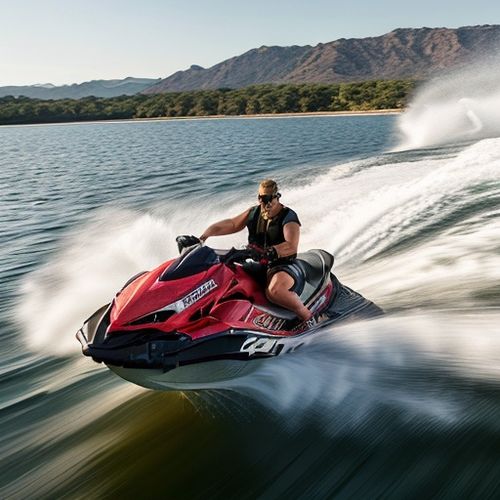
By Rebecca Stewart/May 8, 2025
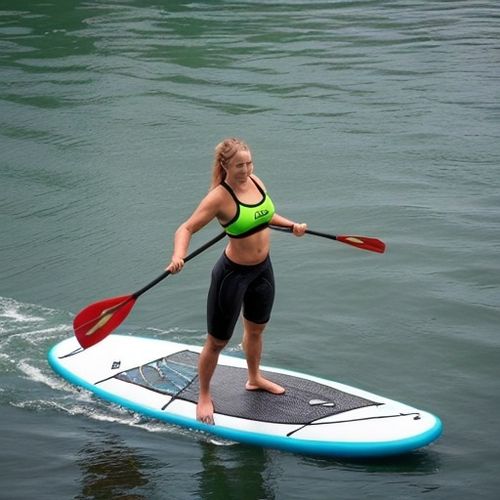
By Noah Bell/May 8, 2025

By Lily Simpson/May 8, 2025
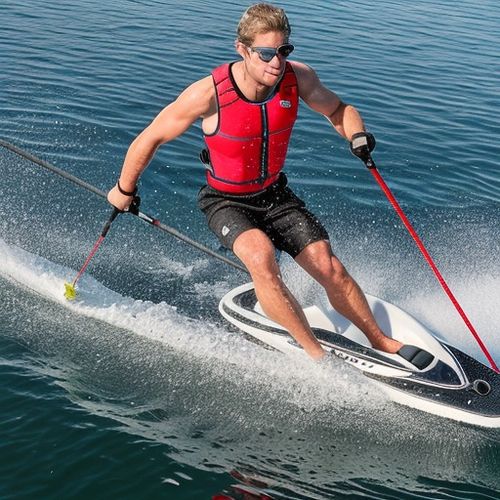
By Megan Clark/May 8, 2025
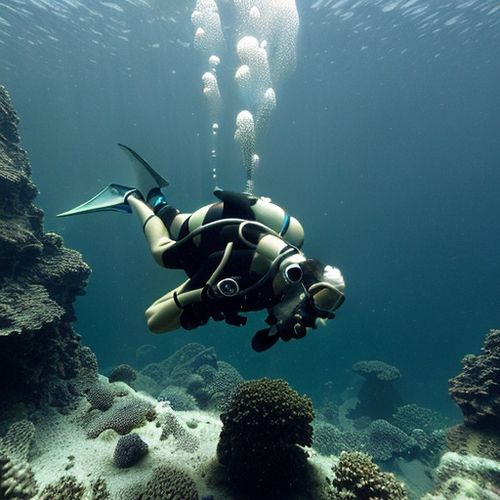
By Megan Clark/May 8, 2025